Astrophytum asterias, commonly known as the sea urchin cactus, is a fascinating species renowned for its distinctive aesthetic and remarkable adaptability. Among the myriad of cultivars within this species, the Kikko Lizard Skin mutation stands out due to its unique aesthetic qualities and intriguing physiological traits. This article aims to delve deeply into the attributes, cultivation, care, and significance of this exceptional plant.
The Kikko Lizard Skin variant is a prime example of how mutation can create exceptional beauty in cacti. The name “Kikko” translates from Japanese to “tortoise shell,” aptly describing the distinctive markings on the plant’s epidermis that resemble the textured skin of a reptile. These strikingly patterned features are the result of genetic anomalies affecting the pigmentation and structure of the cactus’s surface.
One of the most compelling attributes of the Astrophytum Kikko Lizard Skin is its performance in both natural and cultivated environments. Given its origins in arid regions of Mexico, this cactus has developed a unique capability to thrive in conditions that would be inhospitable to many other plants. Unlike its traditional counterparts, which generally display uniform, spiny exteriors, the Kikko variant’s rugged surface can vary significantly from one specimen to another, making each individual a unique piece of living art.
Understanding the uniqueness of the Kikko Lizard Skin begins with an exploration into its genetics. This variation, classified as a crested form, exhibits a rather peculiar growth pattern wherein typical lateral growth is replaced by a crest-like structure. This mutation impedes the typical radial symmetry of the cactus, leading to a striking form that is particularly sought after by collectors. Its surface often showcases a creamy yellow or light green base color dotted with intricate, irregular patterns that can be both striking and mesmerizing.
In terms of morphology, the Kikko Lizard Skin tends to reach a relatively modest size at maturity, with specimens often growing to about 5 to 8 centimeters in diameter. Its compact size makes it an ideal candidate for potting and indoor cultivation. Whenever one manages to secure an authentic specimen of this cultivar, it is vital to understand how to best care for it and encourage its remarkable growth.
Optimal Cultivation Practices for Astrophytum Kikko Lizard Skin
Cultivating Astrophytum Kikko Lizard Skin can be both rewarding and challenging. While nature has endowed this plant with remarkable resilience, there are specific needs that must be met to ensure its thriving health.
Soil Requirements: The Foundation of Happiness
The first step towards nurturing a Kikko Lizard Skin cactus is selecting an appropriate soil mix. As a native of arid climates, this plant requires a well-draining substrate; a mixture of cactus soil, perlite, and pumice can be an excellent choice. This combination will allow excess moisture to escape while retaining enough nutrients for healthy growth.
Watering Techniques: The Delicate Balance
When it comes to watering, the Kikko Lizard Skin exhibits a highly nuanced preference. Overwatering can lead to detrimental rot, while underwatering can stunt growth. Regularly monitor the moisture level, ensuring that the soil is completely dry before the next watering session. Ideally, watering should occur during the plant’s active growth phase in spring and summer, tapering off significantly as the temperatures drop in the fall and winter months.
Light Exposure: Balancing Brightness and Intensity
Light is an important consideration for any cactus, and the Kikko Lizard Skin is no exception. This plant thrives in bright, indirect sunlight. Too much direct sun can scorch its delicate patterns, leading to discoloration or even damage. Placing the cactus near a south or west-facing window, filtered by sheer curtains, can provide the optimal balance of light for healthy growth.
Temperature Range and Humidity: Maintaining a Comfortable Environment
For optimal growth, it is crucial to replicate the temperature conditions of its natural habitat. The Kikko Lizard Skin generally prefers warm conditions, ideally between 70°F to 85°F (21°C to 29°C) during the daytime, with nighttime temperatures ideally not dropping below 50°F (10°C). Humidity levels should be kept low, as this cactus does best in arid environments.
Significantly, proper care and cultivation can lead to some fascinating benefits. One of the prominent advantages of having Kikko Lizard Skin in your collection is its unique ability to flower under the right conditions. With proper care, this variant can produce beautiful, yellow blooms that contrast stunningly with its patterned skin. Flowering usually occurs in late spring or early summer and adds a visually commanding element to the plant.
Propagation and Breeding: Cultivating the Kikko Legacy
The propagation of the Kikko Lizard Skin variant is generally accomplished through offsets or grafting, ensuring that the unique genetic mutations are preserved. Proper techniques must be applied to ensure a successful propagation process. When using offsets, it’s essential to exercise patience, allowing for the callusing of the cut surface to prevent rot. Grafting, while more complex, can achieve extraordinary results and create resilient hybrids that retain the Kikko’s unique aesthetic qualities.
In Conclusion: The Appeal of Astrophytum Kikko Lizard Skin
The allure of the Astrophytum Kikko Lizard Skin transcends its striking appearance. While it is an embodiment of botanical rarity, it also embodies the intricacies of plant genetics and ecology. Enthusiasts who engage with this variant are invariably drawn into the larger conversation about conservation and preservation of unique plant forms.
As with any horticultural endeavor, patience and knowledge are essential components for success. In nurturing this stunning cactus, one not only cultivates a remarkable specimen but also participates in the preservation of plant diversity. The Astrophytum Kikko Lizard Skin serves as a captivating testament to nature’s ability to create diversity within life forms, urging hobbyists and collectors alike to appreciate the unique beauty that emerges from mutations. Its enchanting surface patterns, delicate flowers, and compact size make it a worthy addition to any succulent lover’s collection.
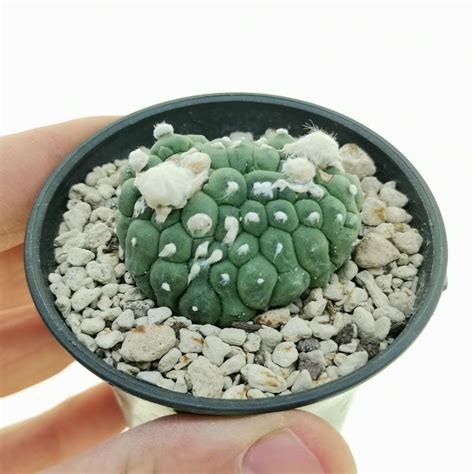
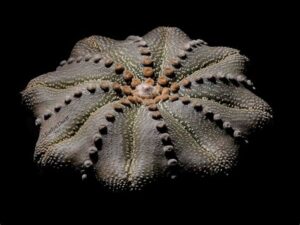
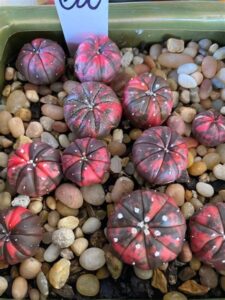
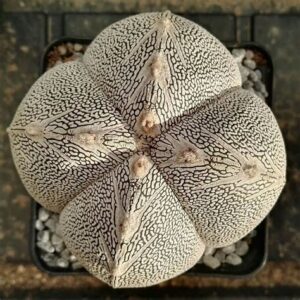
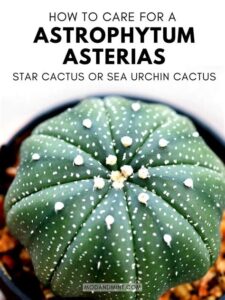
Leave a Comment